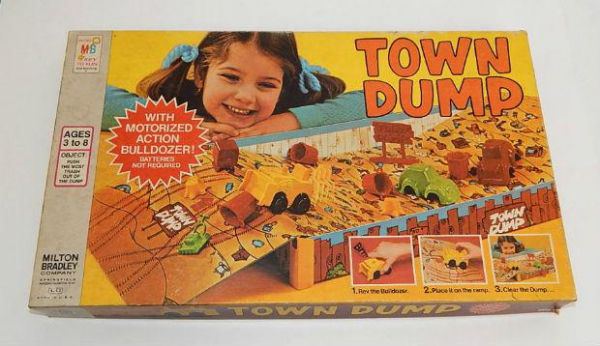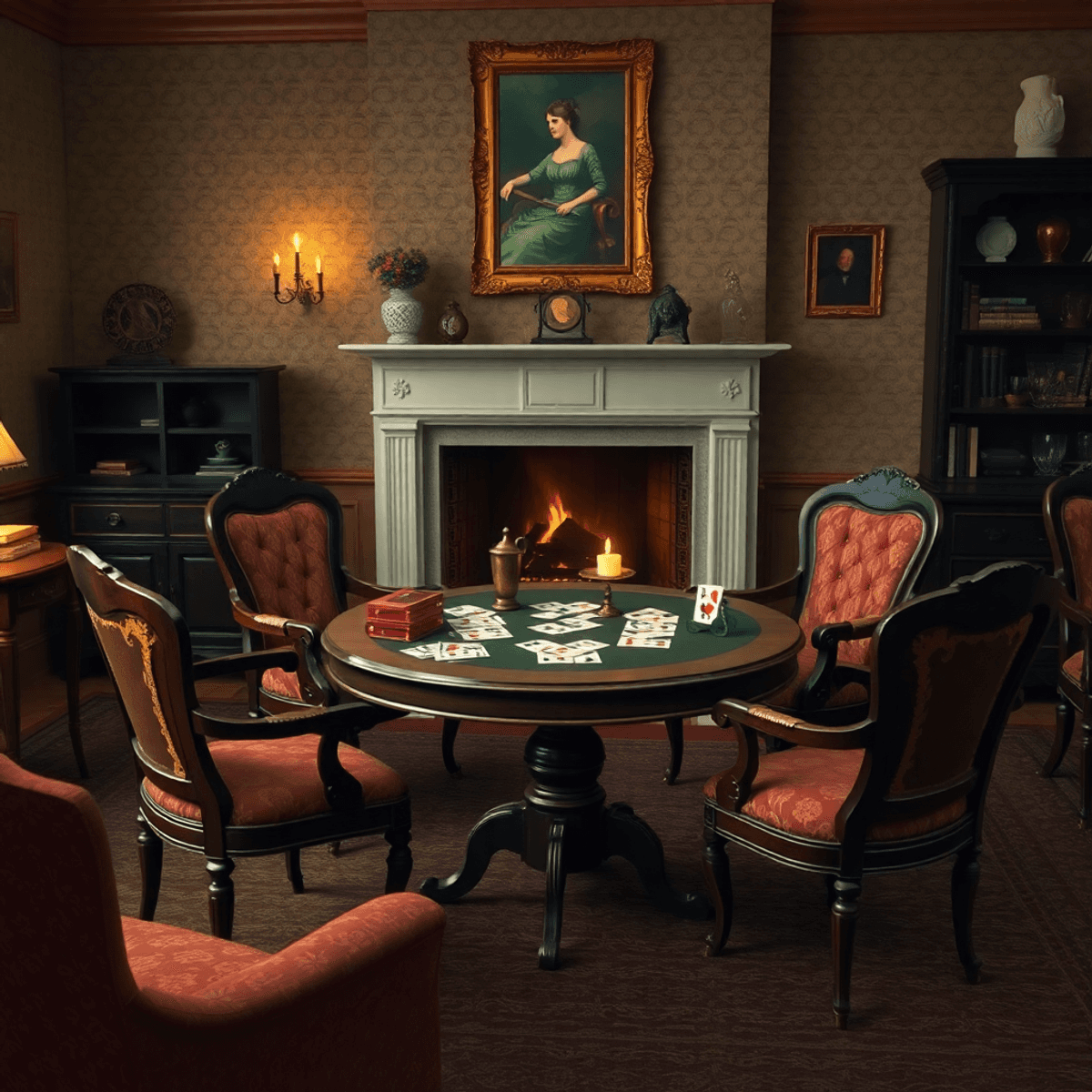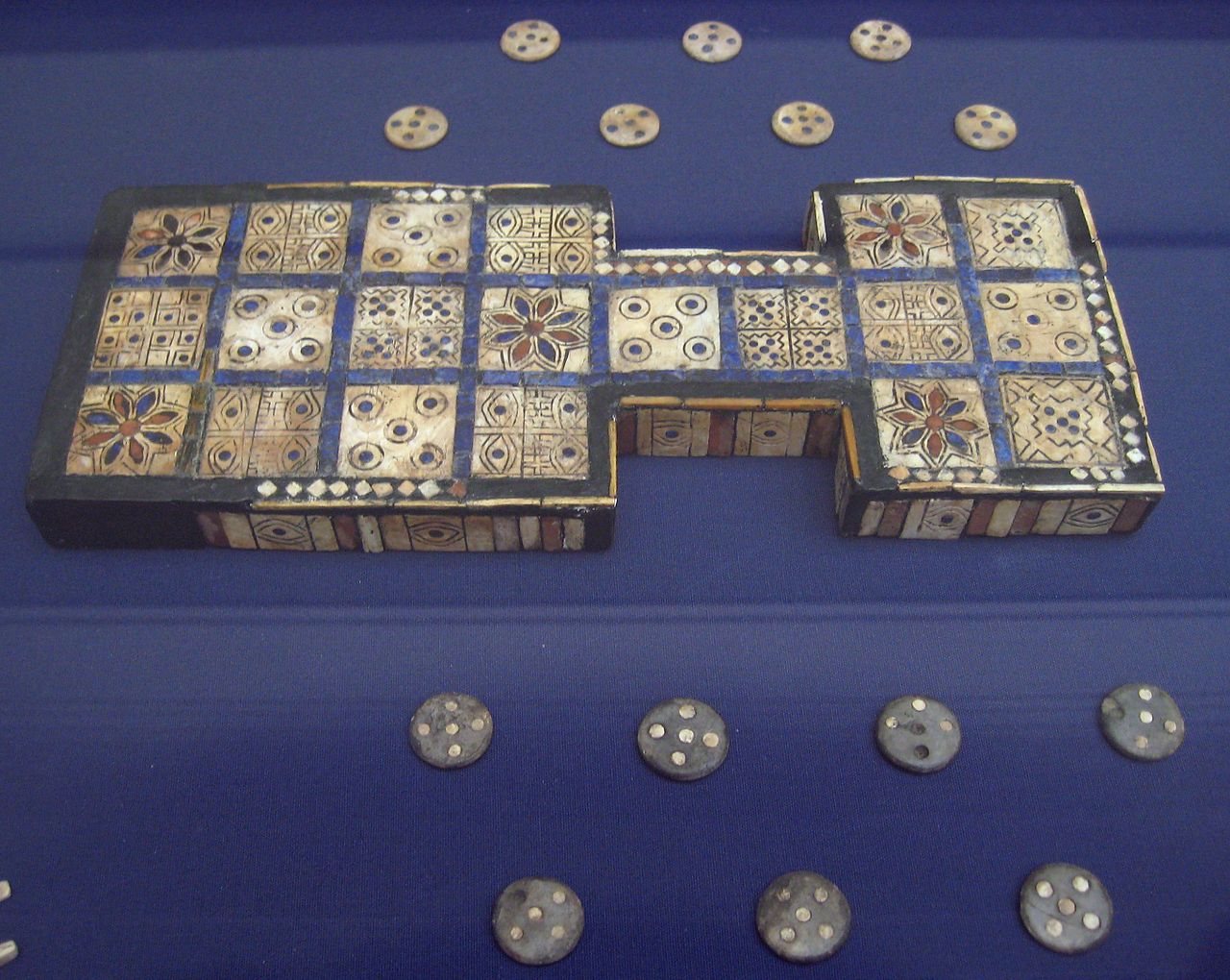
Beneath the well-known games like Monopoly and Scrabble, there’s a captivating world of forgotten board games that once fascinated people in various eras. These lost gems reveal stories about cultural changes, technological progress, and shifting preferences in entertainment.
From Ancient Times to the Quirky 1970s
Many games have faded into obscurity, including:
- Senet, an ancient Egyptian game
- Town Dump, a peculiar game from the 1970s
Some games captured specific moments in history, such as:
- The rise of CB radios
- The influence of MTV culture
- The impact of advertising trends
Others broke new ground with inventive gameplay mechanics, such as the tactile puzzles found in Feeley Meeley.
Exploring Obscure Board Games
In this article, we’ll delve into these overlooked treasures. We’ll explore their significance in history, distinctive gameplay features, and the reasons behind their decline. By studying these lost games, we can gain valuable insights into past societies and understand how entertainment has evolved over time.
The Evolution and Cultural Significance of Board Games
Board games have always been a reflection of our culture, going back to ancient times. Archaeological finds show that different societies had their own complex gaming traditions:
- Ancient Mesopotamia – The Royal Game of Ur (2600 BCE) showed social hierarchy and religious beliefs
- Egyptian Dynasty – Senet represented the journey through the afterlife

- Chinese Han Dynasty – Go emphasized strategic thinking and military tactics
- Medieval Europe – Chess symbolized feudal society’s power structures
These games weren’t just for fun—they influenced how people interacted and preserved cultural knowledge. During the Victorian era, board games became mass-produced and reflected the values of that time:
- Educational focus through spelling and arithmetic games
- Moral lessons via games about virtues and vices
- Geographic exploration through map-based adventures
In the 20th century, board games evolved with societal changes:
- 1930s Depression Era – Monopoly captured capitalist aspirations
- 1960s Space Race – Sci-fi themed games gained popularity
- 1970s Social Movements – Games addressing environmental concerns emerged
- 1980s Consumer Culture – Licensed products tied to TV shows and brands
Today, board games have incorporated digital elements while still keeping physical parts. Modern designs combine traditional game mechanics with new ideas, creating experiences that reflect our connected world. This evolution is ongoing as games adjust to shifting social dynamics and advancements in technology.
Exploring Obscure Board Games Through History
Board games have a rich history, with many games from the past that have been forgotten over time. These lost treasures offer us a fascinating look into the societies, cultural movements, and entertainment choices of the past that influenced their creation.
Notable Examples of Forgotten Games
Here are some notable examples of obscure board games that have left their mark on history:
1. Town Dump (1977)
Town Dump brought environmental awareness to family game nights through an unexpected medium – garbage disposal. Players maneuvered miniature bulldozers across the board, strategically managing their waste while attempting to clear their designated dump areas. The game’s mechanics reflected growing environmental consciousness in the 1970s, teaching children about waste management through competitive play.
2. Breaker 19: The CB Truckers Game (1976)
Breaker 19: The CB Truckers Game captured the romanticized lifestyle of long-haul trucking during its cultural peak. Players navigated complex delivery routes, weather challenges, time management scenarios, and CB radio communication mechanics. The game’s attention to authentic trucking culture details created an immersive experience that preserved a unique slice of 1970s Americana.
3. Feeley Meeley (1967)
Feeley Meeley pushed the boundaries of conventional board gaming by introducing a tactile dimension to play. This innovative game featured:
- “The Mystery Box” – A dark container holding various objects
- “Touch Cards” – Directing players to identify specific items by feel alone
- “Challenge Elements” – Time limits and competitive scoring
The game’s unique sensory exploration approach created memorable family gaming moments, though its physical nature occasionally led to sibling disputes over proper object identification.
Mechanics of These Forgotten Games
These obscure titles showcase the creative diversity within board game design history. Each game represented distinct cultural moments:
- Environmental awareness movements
- Transportation industry culture
- Educational innovation in gaming
The mechanics and themes of these games preserved authentic snapshots of their respective eras, documenting social values, technological understanding, and entertainment preferences of their time. Their disappearance from modern gaming shelves reflects shifting cultural interests and evolving game design philosophies.
The rediscovery of these obscure board games provides valuable insights into historical game development approaches and societal priorities. Their innovative mechanics continue inspiring modern game designers seeking fresh perspectives on player engagement and thematic integration.
Interestingly, some elements from these obscure board games can still be seen in contemporary gaming trends today. For instance, the tactile experience introduced by Feeley Meeley has influenced many modern board games which focus on sensory engagement.
Moreover, as we explore more about these games and their impact on society, we might uncover valuable insights similar to those found in immigration journeys which also reflect diverse cultural narratives.
Lastly, it’s essential to consider accessibility in game design as we move forward. The principles outlined in resources such as the 2019 CBC Advisory Manual can serve as a guide for creating inclusive gaming experiences that cater to all players regardless of
Cultural Reflection in Obscure Titles
Board games serve as time capsules, preserving snapshots of societal values and cultural phenomena.
1. Squatter (1962)
The Australian board game Squatter (1962) mirrors the economic backbone of mid-20th century rural Australia. Players navigate the complexities of sheep farming, wool trading, and property management – reflecting the nation’s dependence on wool exports during this era. The game’s intricate mechanics of buying, selling, and managing livestock demonstrate how agricultural economics shaped Australian society.
2. Where’s the Beef? (1984)
Where’s the Beef? (1984) captures a pivotal moment in advertising history. Based on Wendy’s iconic commercial campaign, this game transformed a marketing catchphrase into a board game experience. Players race through a fast-food themed board, collecting meat patties while avoiding competitors. The game’s existence highlights the growing influence of television advertising on popular culture and consumer behavior in the 1980s.
3. Duran Duran: Into the Arena (1985)
Duran Duran: Into the Arena (1985) represents the intersection of music and gaming during MTV’s golden age. Players match music videos with song titles, demonstrating the rising importance of visual media in music consumption. The game’s mechanics emphasize the transformation of musicians into multimedia entertainers, as bands expanded beyond traditional album releases to embrace merchandising and brand expansion.
These games reveal how board game design absorbed and reflected contemporary cultural trends:
- Economic systems and industry practices
- Marketing campaigns and consumer culture
- Entertainment industry evolution
- Media consumption patterns
Origins and Case Studies of Vanished Board Games
The disappearance of board games often stems from complex cultural shifts and societal changes. Games can vanish when they fail to adapt to evolving entertainment preferences or lose their cultural relevance. Some games fade due to limited production runs, while others succumb to poor marketing or competition from newer, more engaging alternatives.
Ancient Board Games That Have Disappeared
Ancient civilizations left behind fascinating examples of vanished board games:
- Senet – Played in Ancient Egypt around 3500 BCE, it represented one’s journey through the afterlife.
- The Royal Game of Ur – A Mesopotamian race game discovered in royal graves, featuring intricate board designs and complex betting systems.
- Ludus Latrunculorum – A Roman military strategy game that disappeared with the empire’s fall.
- Tau – An ancient Chinese game played during the Han Dynasty, known only through archaeological fragments.
While archaeologists have discovered game boards in royal tombs, the exact rules of these games remain a mystery. Modern interpretations are based on historical research and contextual clues.
The Significance of Vanished Games
Archaeological evidence reveals these games held significant social and religious importance:
- Gaming pieces found in burial sites suggest their role extended beyond mere entertainment, serving as status symbols and spiritual tools.
- The materials used – from simple clay to precious metals – indicate these games crossed social boundaries and economic classes.
The study of vanished games provides valuable insights into historical social structures, technological capabilities, and cultural values. Each lost game represents a unique window into past civilizations and their daily lives.
Rediscovering and Collecting Obscure Board Games
The vintage board game market has experienced a remarkable revival in recent years. Online platforms such as BoardGameGeek and Reddit have fostered vibrant communities focused on discovering forgotten treasures, where collectors exchange findings and trade rare discoveries.
Key Factors Driving Collection Value:
- Original box condition
- Component completeness
- Historical significance
- Cultural relevance
- Production numbers
Rare titles can command impressive prices at auction, with some games reaching thousands of dollars. The 1967 edition of Feeley Meeley regularly sells for $200-300 when found in pristine condition, while promotional games like Where’s the Beef? attract bidding wars among collectors.
The search for obscure games has broadened beyond traditional collecting circles. Museums and academic institutions are now actively preserving these cultural artifacts, acknowledging their importance in documenting social history. The Strong National Museum of Play houses a vast collection of forgotten board games, granting researchers and enthusiasts access to these historical gems.
Local vintage shops, flea markets, and estate sales remain prime hunting grounds for collectors. The excitement of uncovering a rare title hidden among common games motivates many enthusiasts to maintain regular search routes. Online marketplaces have also reshaped the collecting landscape, linking sellers with specialist buyers in global markets.
The preservation movement goes beyond physical collection. Digital archivists document rule sets, photograph components, and record gameplay videos to ensure these games’ mechanics and cultural context endure for future generations.
The Future of Board Gaming: Embracing the Legacy of Obscure Titles
The world of board gaming is constantly changing due to advancements in technology and shifting player preferences. Classic games are being adapted digitally, allowing forgotten titles to be preserved for future generations. Game designers are also looking to lesser-known historical games for inspiration, incorporating unique mechanics into their modern creations.
Several trends are shaping the future of board gaming:
- Hybrid Gaming Experiences – Integration of digital elements with physical board games, bringing forgotten classics to life through augmented reality
- Print-on-Demand Services – Making rare and out-of-print games accessible to new audiences
- Cultural Revival Projects – Game historians and enthusiasts collaborating to reconstruct and modernize lost games
It’s important to remember our gaming history. Today’s game designers study these forgotten titles to find innovative mechanics and gameplay elements that can inspire their own work. By doing so, they create new experiences while still paying tribute to the past.
The future looks promising for uncovering lost games through technology and creative reimagining. These hidden gems will continue to shape modern game design, ensuring that their legacy lives on in fresh and exciting ways.





